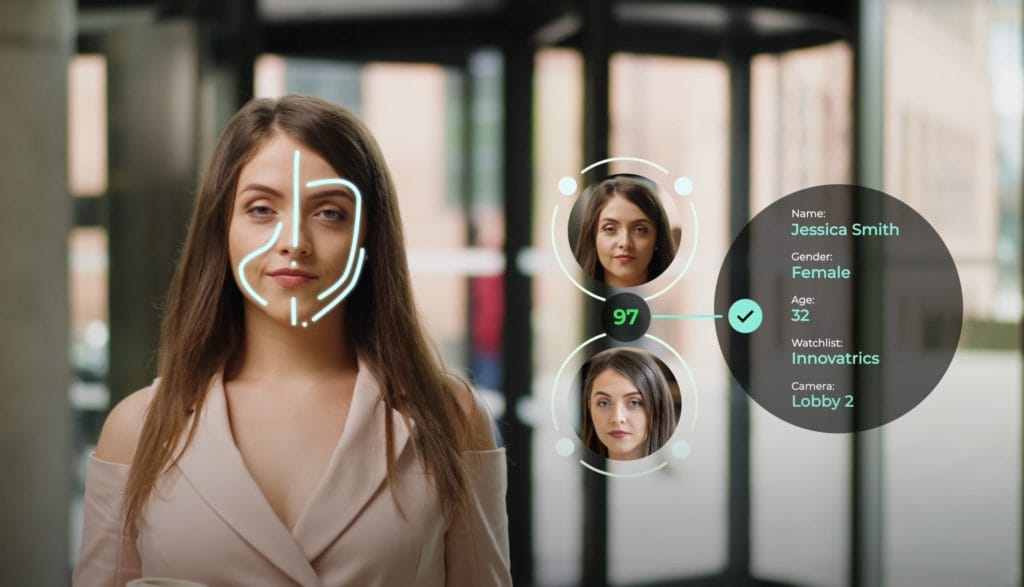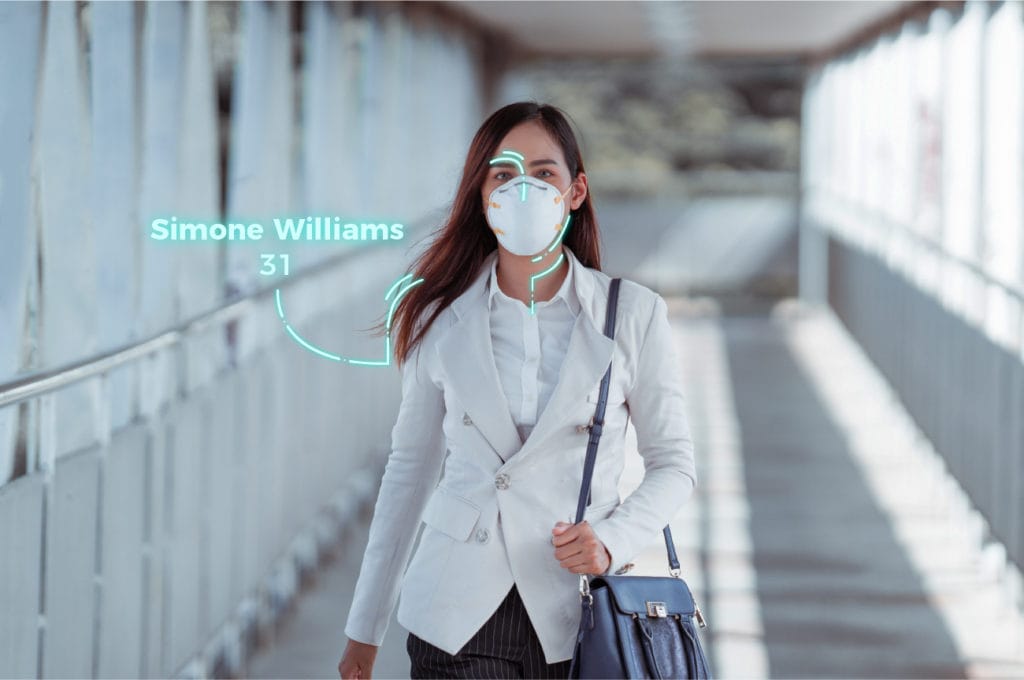Face Identification definition
Face identification is the automated process of analyzing a person’s face and matching it to the contents of a face identifier database of images. The technology has multiple uses, including security and border control, verification of customer identity for e-commerce and digital onboarding, criminal face identification, and checking security passes for workplaces or access to sensitive information.


What Is Face Identification?
A face identification system works by capturing the unique characteristics of a face to create a biometric template. It does this via a sophisticated face identification algorithm that maps the unique features and characteristics that will enable the system to work out whose face it is.
Face identification is starting to take over other forms of security checks and identity confirmation methods. Passwords are becoming less prevalent among many forms of technology. A common method in use now is facial identification using a photo of the person attempting to gain access or unlock a device. iPhone facial recognition tools allow them to recognize when a face is being presented to the camera inside the phone. This is then mapped and facial identification algorithms are used to match it to the stored facial information on the phone’s database and open the device for the user to start operating. Backing up this method is the liveness detection, which can monitor whether the photograph being presented for facial identification purposes was taken using the liveness feature turned on, and what that reveals about the image’s veracity.
Face identification technology often pairs with biometrics. It works alongside fingerprint scanning, voice recognition, and retina scanning, etc. This method is especially effective at locations where the highest levels of security and identification are required, such as border controls, airport, and port security gates, and restricted areas where controlled substances or sensitive data are stored. The process is simple to operate and offers high accuracy, security, and customer trust. It also plays a key part in face identity access control for restricted areas and facilities.
Another use for it that rose in prominence during the COVID-19 pandemic was face identification with temperature measurement, matching the identity to the temperature measured. This combined system allowed people to be tested for an elevated temperature – a common symptom of the virus – by a simple facial photograph or scan, before being allowed access to the premises or facility if they were cleared.


How Does Face Identification Work?
Face identification is a key element of facial recognition technology. It follows on from face detection, which works via image segmentation algorithms. These algorithms can detect when a faces forms part of an image or is positioned in front of a camera. Face identification analyzes a detected face to verify identity. It then grants or denies access based on the results.
The face is mapped and compared to a large database of already identified faces. If a match is found, the person can be granted access and have their identity resolved and confirmed. If there is no match, two possible outcomes are FAR (false acceptance rate) and FRR (false rejection rate). These calculate the percentage of instances where unauthorized people are granted access erroneously (FAR) and where authorized people are rejected when they should be passed for entry or access (FRR).
Face identity services are subject to strict data protection / GDPR rules, as well as obligations around privacy and respect. They are extremely useful for many different reasons. Current capabilities of recognizing people’s faces on the street are limited by certain criteria. For example, the software is only as good as the quality of data it has access to. The more faces added to the database, the higher the chances of matching and identifying people. This makes it easier to recognize individuals as they walk down the street.
Face Identification vs. Face Verification
Simply put, face identification is all about discovering the identity of someone from their face either being scanned or photographed in person, or from a certified photograph or selfie. It uses a database of faces to match the submitted facial data against and work out who the person is. Facial identity software accurately determines a person’s identity. It matches their face against a large database of records. It is beneficial when the identity is not known in advance.
On the other hand, face verification works on the premise that the person’s claimed identity is already known. When they present their face live, or submit a photograph of it to be assessed, this data is compared on a 1:1 ratio with a photograph of their face stored on a database or examined alongside another, verified photograph to ensure a match.
In this case, the process is designed to confirm and verify that they really are who they claim to be. Face verification is therefore very effective at preventing fraud and identity theft.
Both identification methods are accurate, reliable, and fast. They confirm identity, grant access, approve status, or detect potential fraud.
As technology evolves and facial identification tools become more sophisticated, the results are speaking for themselves. There is clear evidence of a marked, ten-fold improvement in reducing error rates in just two years. This development has been both rapid and impressive, enabling the facial identity industry to match image processing developments and step up the fight against fraud, ID spoofing, and other criminal activities.
Additionally, NIST (National Institute of Standards and Technology) offers valuable testing facilities for the industry. These help assess system compatibility with other data sources and keep up with IT advancements. This will provide a huge boost to the available data for face identification software. It will also help reduce error rates even further in the future.